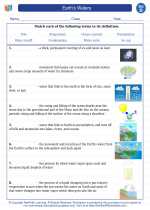Key Concepts in Ecology
1. Ecosystems
An ecosystem is a community of living organisms (plants, animals, and microorganisms) in conjunction with the nonliving components of their environment (such as air, water, and mineral soil), interacting as a system.
2. Food Chains and Webs
A food chain is a linear sequence of organisms through which nutrients and energy pass as one organism eats another. A food web is a more complex, interconnected network of food chains within an ecosystem.
3. Biotic and Abiotic Factors
Biotic factors are living components of an ecosystem, such as plants, animals, and microorganisms. Abiotic factors are non-living components, such as temperature, water, sunlight, and soil.
4. Energy Flow
In an ecosystem, energy flows from producers (plants) to consumers (animals) through feeding relationships. Decomposers break down dead organisms and recycle nutrients back into the ecosystem.
5. Succession
Ecological succession is the process of change in the species structure of an ecological community over time. It can be primary (on newly exposed surfaces) or secondary (on existing soil).
6. Human Impact on Ecosystems
Human activities, such as deforestation, pollution, and habitat destruction, can have significant impacts on ecosystems and biodiversity. Understanding these impacts is crucial for conservation efforts.
Ecological Study Tips
- Understand the difference between biotic and abiotic factors in an ecosystem.
- Practice constructing food chains and webs for different ecosystems.
- Explore the concept of energy flow and the roles of producers, consumers, and decomposers in ecosystems.
- Research examples of ecological succession in different ecosystems.
- Investigate the human impact on a specific ecosystem and discuss potential conservation measures.
◂Science Worksheets and Study Guides Fourth Grade. Earth's Waters
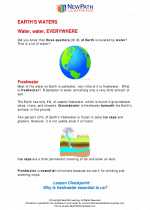
 Worksheet/Answer key
Worksheet/Answer key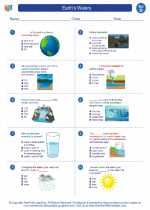
 Worksheet/Answer key
Worksheet/Answer key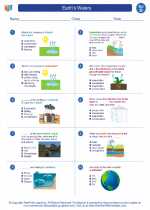
 Worksheet/Answer key
Worksheet/Answer key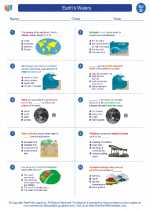
 Vocabulary/Answer key
Vocabulary/Answer key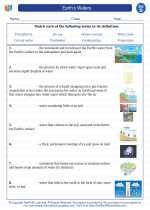
 Vocabulary/Answer key
Vocabulary/Answer key